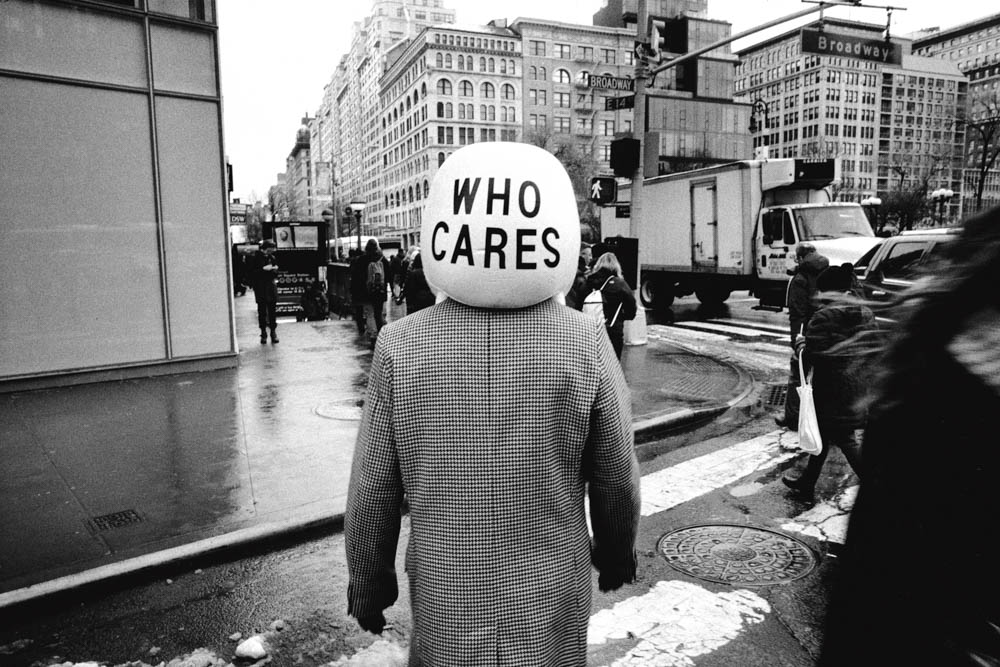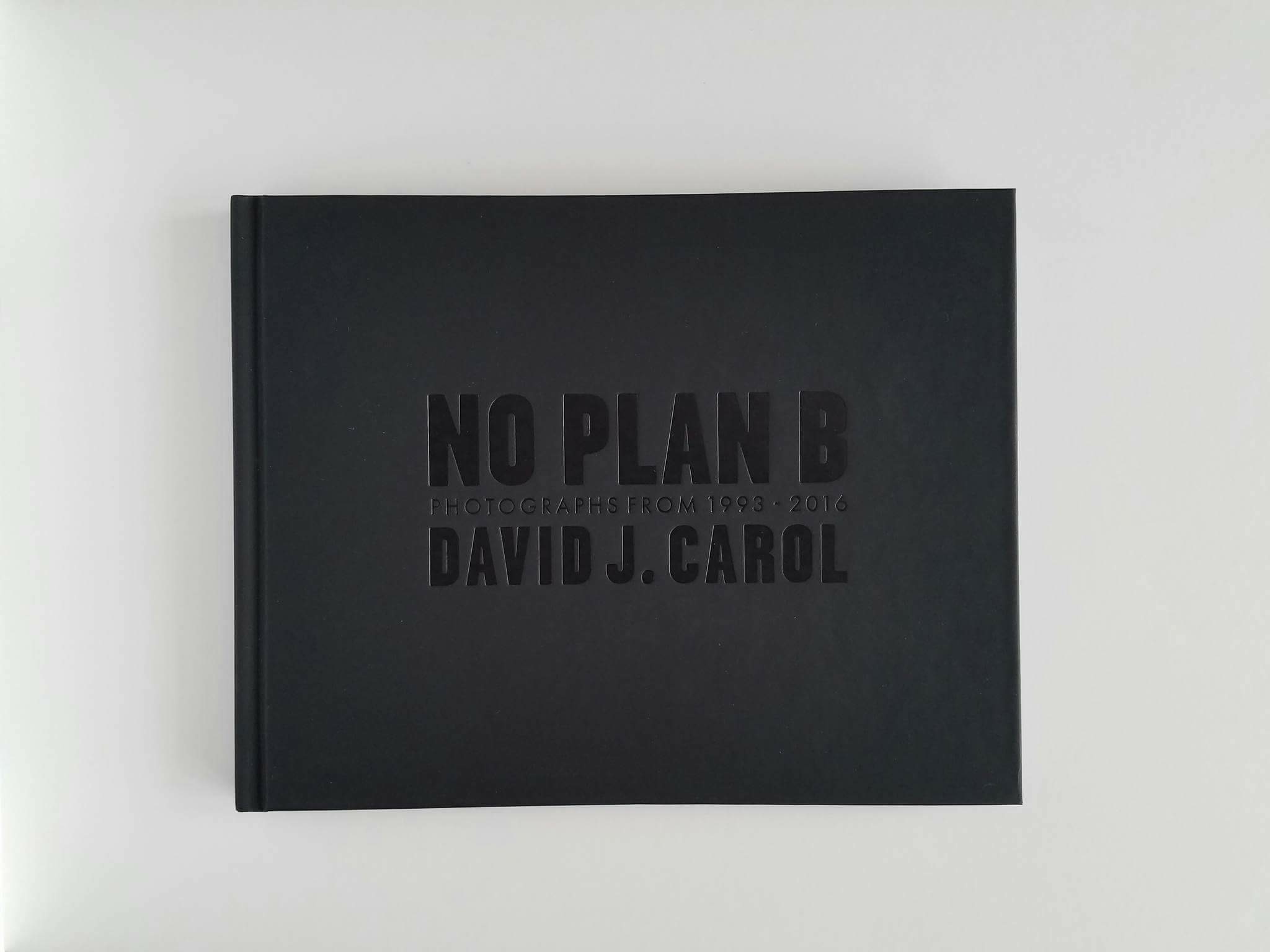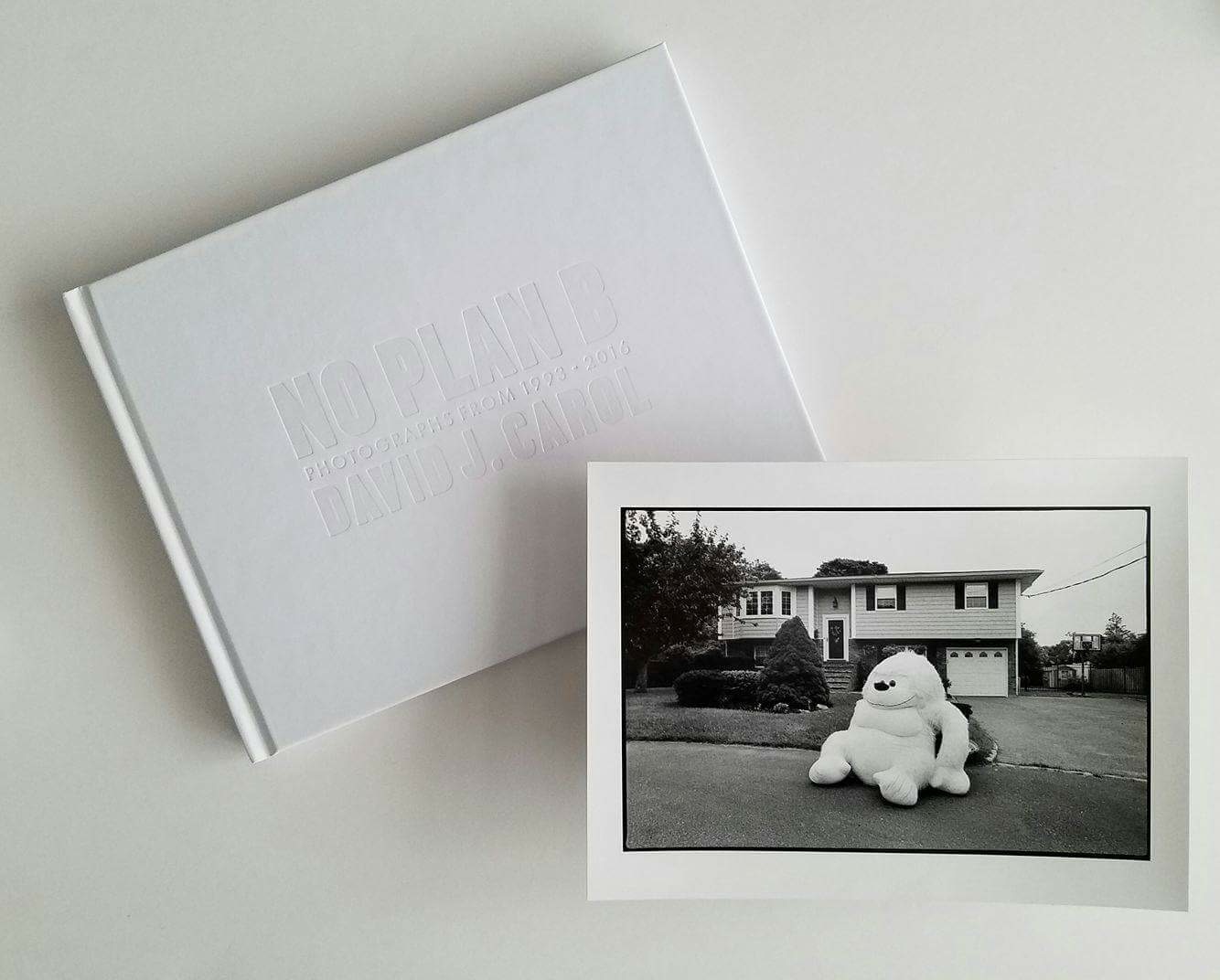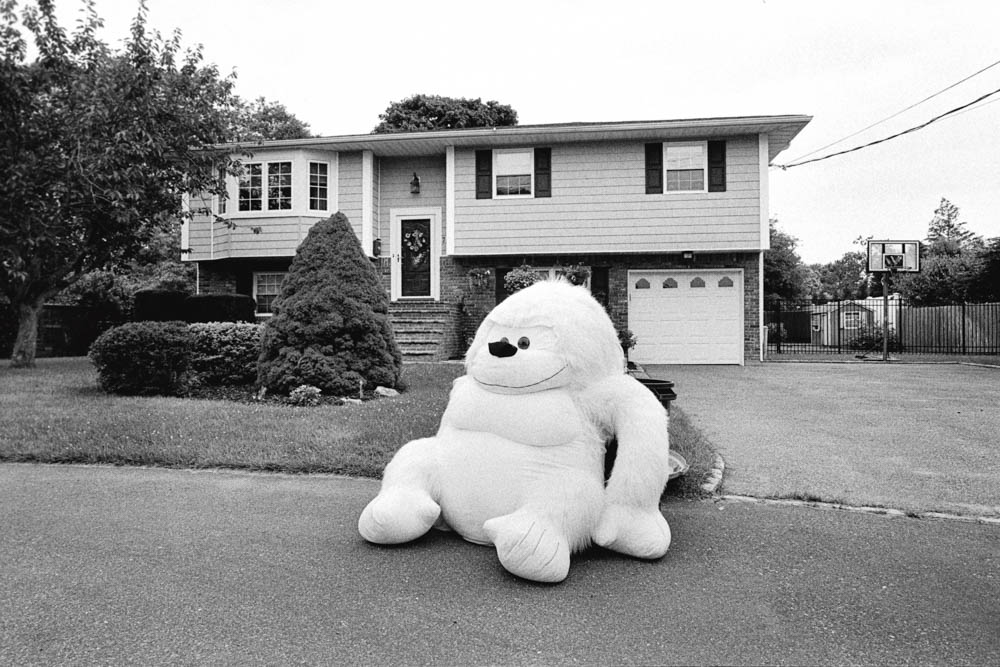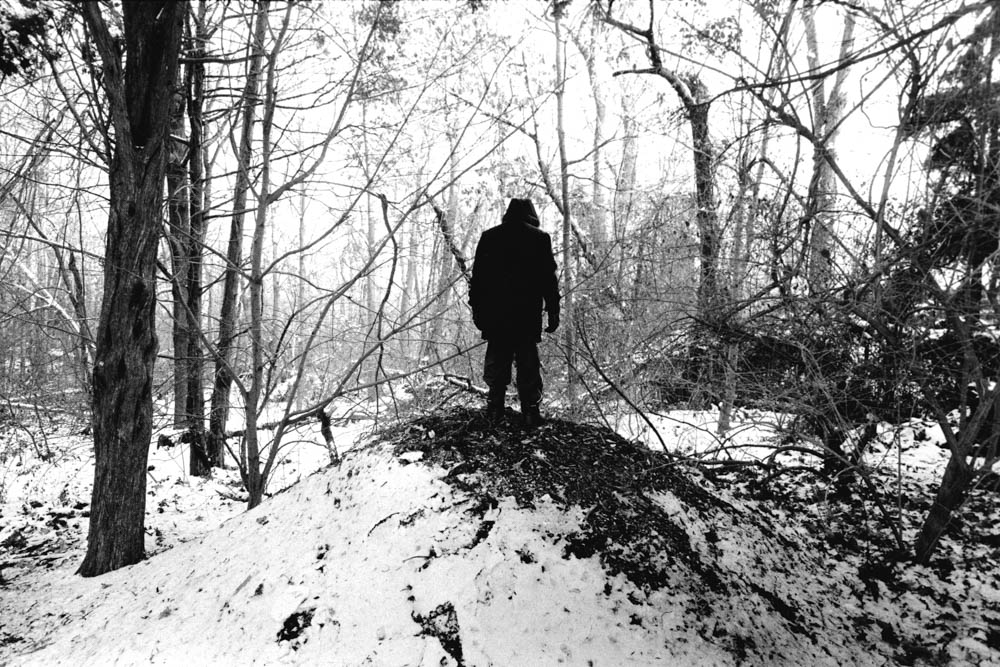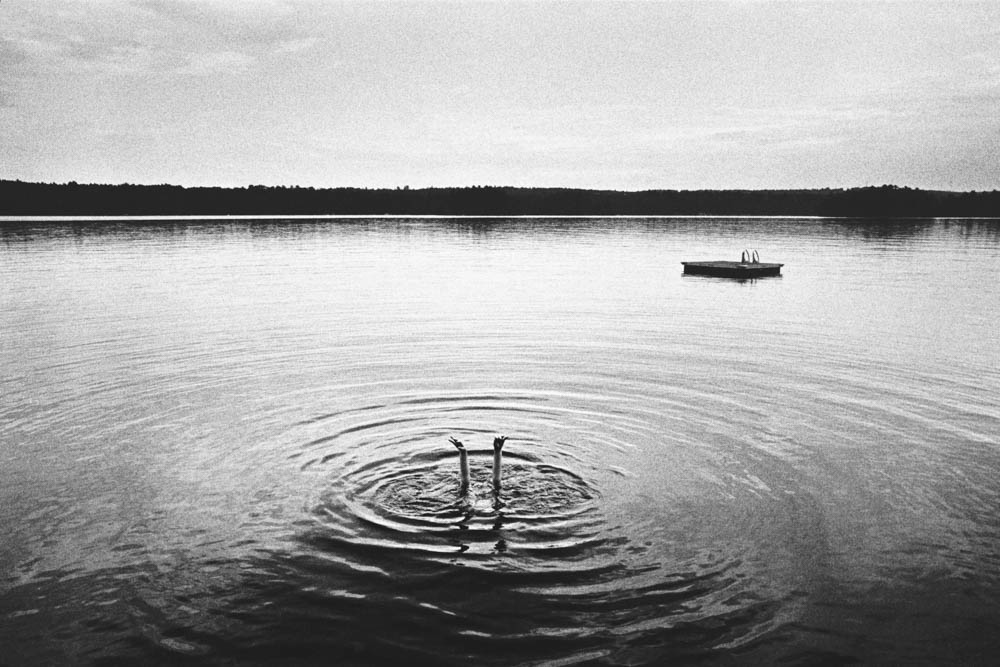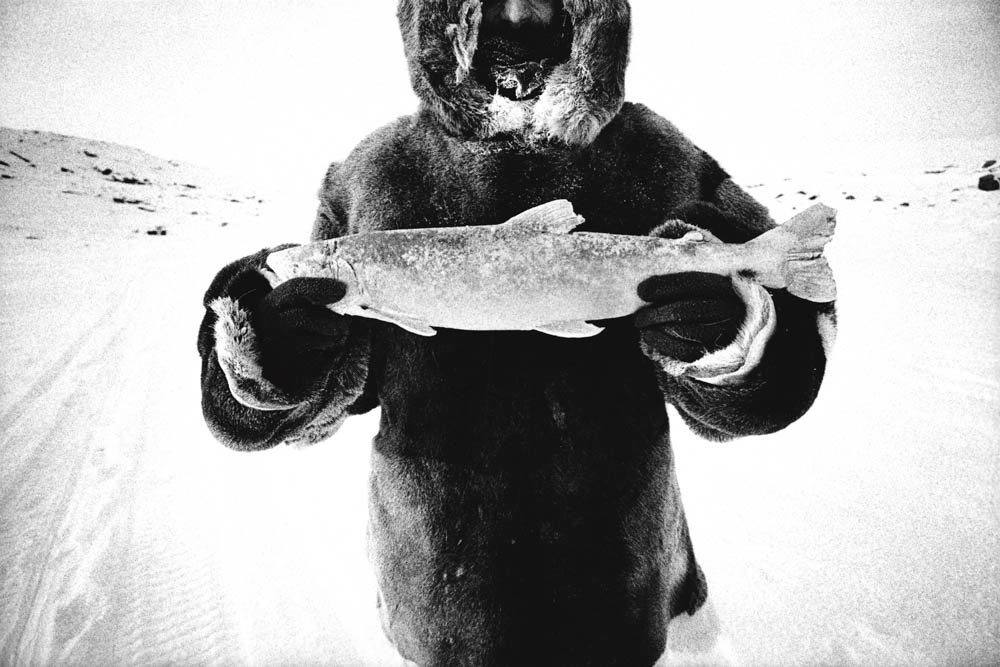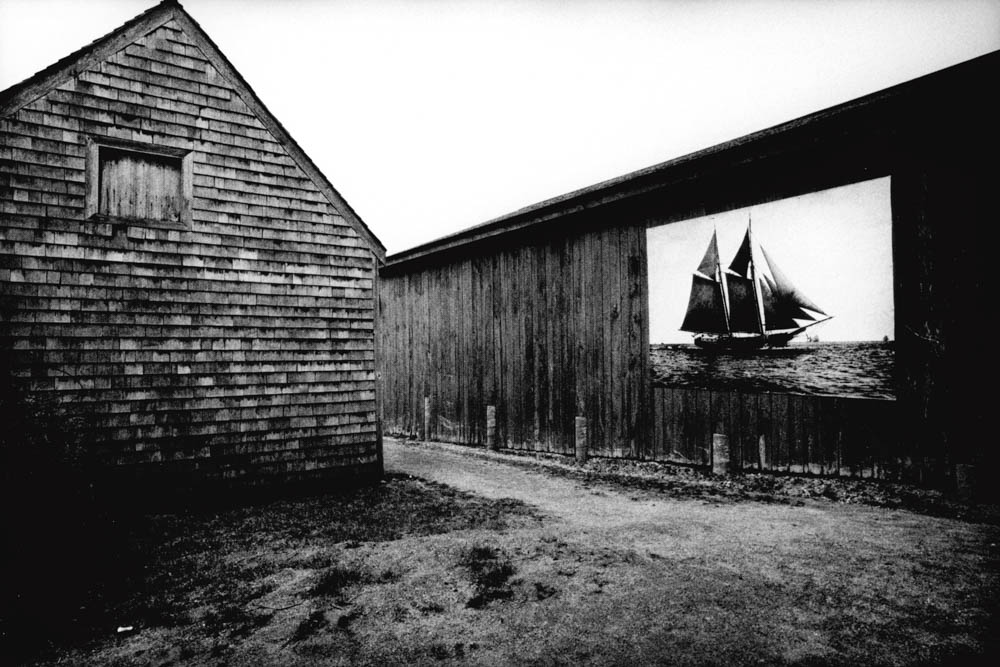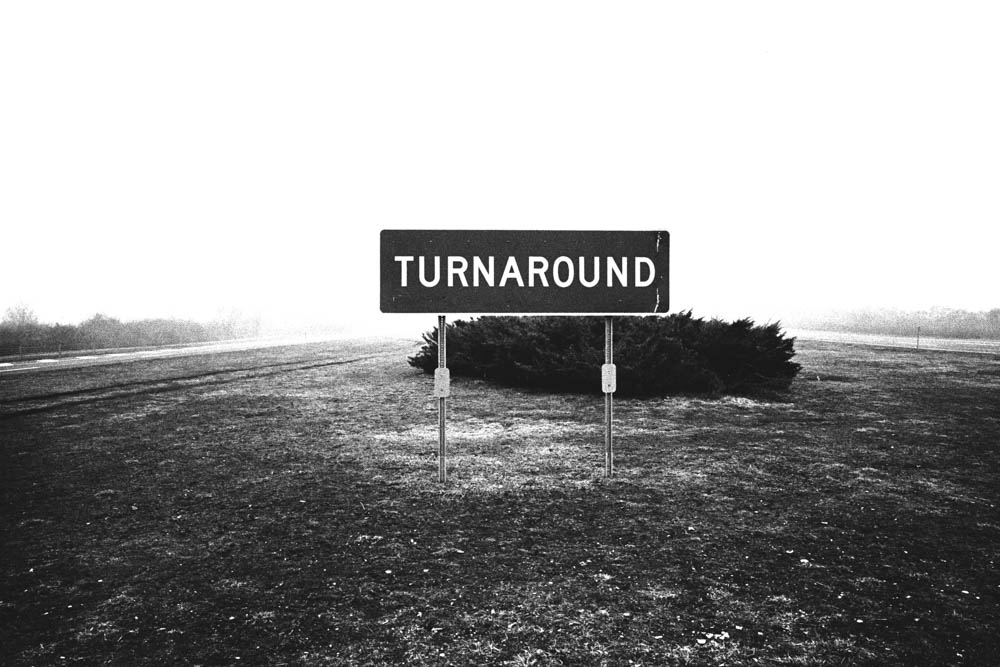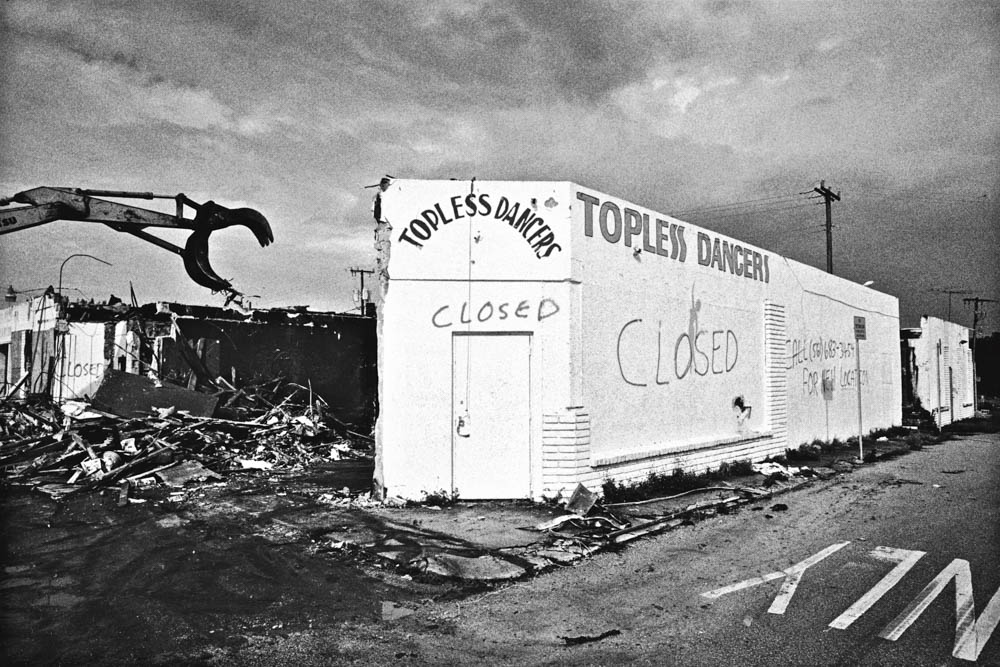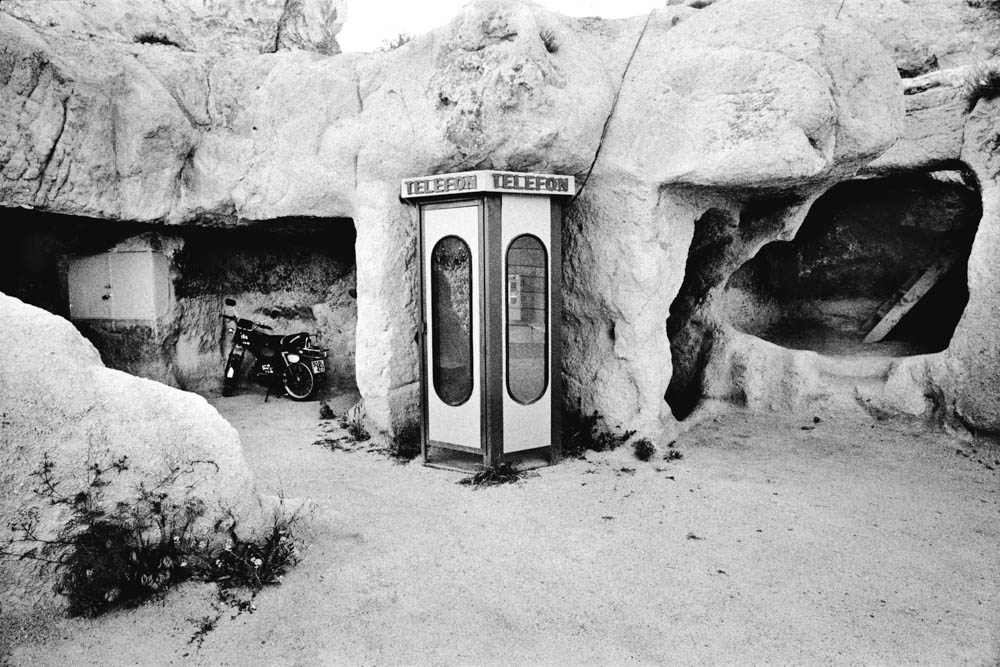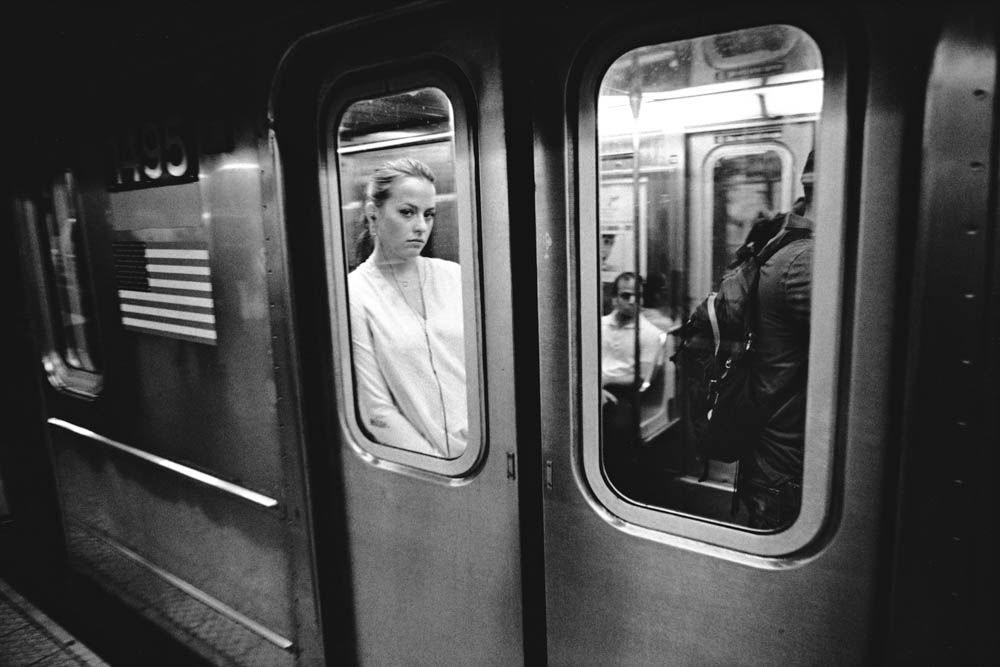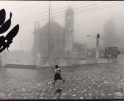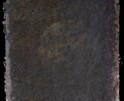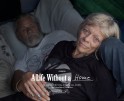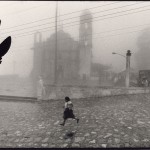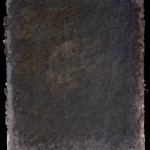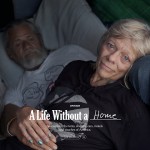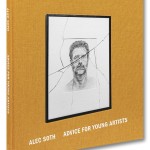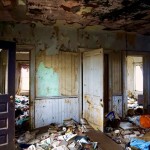David J. Carol: No Plan B
For those in the know, in the eastern regions of the photo world, the name David J. Carol is synonymous with strong opinions, the love of a good diner, sharing his photography wisdom on Facebook, and creating photography that speaks to the pathos, humor, and absurdity of life right outside our front doors. Last year, David J. Carol became a publisher, starting a new imprint, Peanut Press, along with photographer/publisher Ashly Stohl. They have recently published their fourth monograph, NO PLAN B, which is a retrospective of his “uniquely humorous and often surreal personal work from the 1990s to the present. The book is a culmination of images from David’s ‘road trips’ from the Arctic Ocean to post-Soviet Russia, from the Mojave Desert to the streets of Istanbul.” Consisting of 32 black and white photographs, with an afterward by renowned photojournalist Jason Eskenazi, NO PLAN B is available in two bindings; the “black” trade edition, and a “white” limited edition, which includes a gelatin silver print signed and numbered by the artist. NO PLAN B will be available for sale online at Peanut Press starting today!
The book NO PLAN B coincides with a retrospective exhibition on view at the Leica Gallery Soho, New York from February 1 – March 31, 2017. An opening reception and book signing with the artist will be held February 16, from 6:00 – 9:00 pm.
An interview with David follows.
David J. Carol was born in New York City in 1958. He has been traveling the world taking pictures for himself and clients for over 35 years. David studied photography at The School of Visual Arts and The New School for Social Research under the legendary Lisette Model. David’s work has been published in six monographs including his first book, 40 Miles of Bad Road…, with an afterword by the highly esteemed curator, Anne Wilkes Tucker. The works of David J. Carol are in the collections of the Museum of Fine Art, Houston, TX, Museum of Modern Art, New York, NY, International Center of Photography, New York, NY, The Block Museum of Art, Evanston, IL, The Museum of the City of New York, New York, NY and Tate Gallery Special Collection, London, UK; and more than 50 other museums and library collections worldwide.
“It was very challenging as well as interesting for me to make a retrospective book and exhibition of my work. Some of these photos are over 20 years old and I’ve seen them published many times and in many forms. I know how people react to them and I know how I want them to appear. So I needed parameters and a certain criteria to assist me in making a final selection of only 32 images to present my opinion of “life” over the last 20+ years. So here’s what I did. I have only included photographs that if seen independently from the book as well as one another would not only stand on their own, but I would be completely content and pleased to have them represent me and my vision. Every one of the photographs in this collection pretty much says everything I have to say about the world and my understanding and reaction to it.”
“I feel my job, as a photographer is to organize the chaos. I try to translate what I see and think into a refined, organized and simple image. Now, by simple I don’t mean very few elements. I mean that I only want elements in the photograph that are completely necessary. I don’t really do this in a conscious way, but I know what I want the photos to look like and it keeps happening. I guess something I’m doing must be deliberate. Anyway, composition is very important to me and when I edit I often remove photos that might be interesting but don’t fit into what I want my pictures to look like.”
I’m getting right to the point, what IS Plan A?
So let’s be honest here, I had NO PLAN at all. I had no idea what I wanted to be when I grew up. I knew I couldn’t do a straight job like being a doctor or a lawyer. I had no interest in the academic side of school as a kid, so I knew being a “professional” wasn’t gonna be an option. I think the “NO PLAN B” deal comes from a revelation I had in art school that being on the road and taking pictures was pretty much all I wanted to do. If I really was committed to this lifestyle I had to go for it 100 percent. No backup plans, no safety nets and by no choice of my own, no parents to bail me out. I was in, and there was NO PLAN B.
This book represents a long period of time in your image making–is there a consistency to how you see the world, especially on road trips?
Let me start by saying that when Tom A. Smith from Leica approached me to do a show he pretty much said I can do whatever I wanted. As Tom and I spoke about exhibition ideas the retrospective concept got tossed around. It made sense to me. I’ve been doing this photo thing for 35+ years now, so why not a “best of” show? I shot a lot of color in the 1980s, which I don’t do much of any more so I only included photographs from the 1990s to the present. So to at least begin to answer your question… I think there are basically two kinds of photographers. The ones that get an idea and go out to execute it and the ones that just constantly take pictures and figure out later, by looking at their work, what they’re thinking. I’m the latter. If there’s a consistent theme, here’s the answer, running through my pictures it’s about how I see and fit into the world, whatever that means. I feel like all my pictures look the same. Logically, I know this isn’t exactly true, but that’s how it seems to me. A few years back a friend of mine asked me what my latest book was about. I said, “It’s about me.” He chuckled and said, “No really, what’s it about?”. I said, “It’s about me, everything I shoot is about me.”. I guess what I’m saying is that my ongoing theme is that all my pictures are about me and at the time I’m taking them.
You have a very, ummm, unique approach to photography. In particular, your ideas about selling work, editioning, etc. You often have give-aways on Facebook. What’s your thinking behind this?
I do have very strong opinions about my prints and how they should be marketed. I do not edition photographs unless they’re for a specific project, like a book. I think editioning makes sense for galleries and I understand why it works for them. But, I’m a photographer and I don’t care about incremental price increases or controlling how many prints of my work exist in the world. I charge what I charge and if someone wants a photo of mine they can buy it from me. I’ve been represented by three major galleries in NYC, Chicago and Houston and they were quite helpful in getting my work into museums and institutional collections. That was awesome and I liked most of the people at the galleries that I worked with. But now that I have work placed in big institutions my need for representation is over, at least for now anyway. If you want to buy one of my photos I’m really easy to find and my prices are on my website. Easy peasy…
As far as giving stuff away goes, I love it! Everyone has a story, and part of my story is that I was very poor early on in my life and every once in a while some someone came along and helped me out in some way. Most were small gestures, but they were a big deal to me. I love being able to give someone a photograph, a book or even some money simply because I can. It’s not easy out there in the big scary world, and if I can give to someone, especially someone that can do nothing for me in return, I find that genuinely rewarding. I also think it’s important for me to give back.
Over the years, you have championed the idea that the book is “the thing.” And now, wonderfully, you and Ashly Stohl have started Peanut Press Books. Does being a publisher change how you consider your work?
Hmmmmm…my own work? Publishing for me is a dream come true. I’ve always made books for myself since I was a kid. Not just photo books, but comic books or short illustrated novellas. I suppose I’ve always thought in terms of being a publisher even before I was one. The way I see my own work hasn’t changed. I take pictures of what I find interesting without thought of an audience or anything outside the moment. It’s much later that I think of my photos as potentially being part of a book. Though I have to admit that when I look at my contact sheets I do think in terms of whether an image could be in a published in a book one day.
Give us some insight into how Peanut Press started…
So Ashly Stohl came to me to help her publish the Charth Vader book. She knew I had a history of making my own books, as well as working on books with other photographers. When the book came out and became a huge hit, other photographers that we know and respect started asking us how we did it – who printed, what our resources were, etc. There are definitely talented and interesting photographers out there that seem to care, as we do, about the importance of the book as an object. Since we already had this great team in place, why not start an imprint that simply exists to make books that we believe in as well as to serve the photographer and the photographs. So here we are, Peanut Press.
What are your goals for the Press?
Well, we have a lot of plans and even more ideas. As far as books go, we would like to make three to four books a year. This year we have completed three books, Richard Bram’s New York, Rammy Narula’s Platform 10 and of course my book, NO PLAN B. We have two books in production right now, Robert Larson’s Summer of Our Lives and Victoria Will’s as yet untitled Tintype Portraits from Sundance Film Festival. We have committed to six more books through 2018. We should have a very exciting announcement in early 2017 that’s not book related, but VERY photography related. Exciting times for us indeed.
What draws you to the work you publish?
That’s such a good question. I see certain book publishers that seem to publish anything that comes their way with $$$ attached. They use a template that “makes sense” to them and they ship it off to be printed in China or Korea and hope it looks good. That doesn’t interest me at all. I won’t commit my time and energy to simply make a book to make money. If I was gonna do that I might as well make t-shirts or custom baseball caps. Ashly and I are doing this for one reason and one reason only. To make books we want to see and that we would actually buy in a store for ourselves. We will use the best people and the best printer, Meridian Printing in Rhode Island, and will make the highest quality book we possibly can. We want the photographer to have the book they’ve always dreamed of. I know what it’s like to have my photographs in a book. It’s extremely intimate and personal. These photographers trust us with their work. Ashly and I have been there and we get it. We are here to work as a team with the photographer. It’s pretty friggin awesome!
What’s next? Any road trips planned?
Well, my book is released on November 15th, so I’ve got that. My show for Leica is being framed as I’m typing this, so there’s that too. I think I need to be alone in a car for a week or so. Maybe a trip north to Maine this winter. On the road again…
Posts on Lenscratch may not be reproduced without the permission of the Lenscratch staff and the photographer.
Recommended
-
Suzanne Theodora White in Conversation with Frazier KingSeptember 10th, 2025
-
Maarten Schilt, co-founder of Schilt Publishing & Gallery (Amsterdam) in conversation with visual artist DM WitmanSeptember 2nd, 2025
-
BEYOND THE PHOTOGRAPH: Q&A WITH PHOTO EDITOR JESSIE WENDER, THE NEW YORK TIMESAugust 22nd, 2025
-
Beyond the Photograph: Editorial Q&A with Photographer Tamara ReynoldsJuly 30th, 2025

